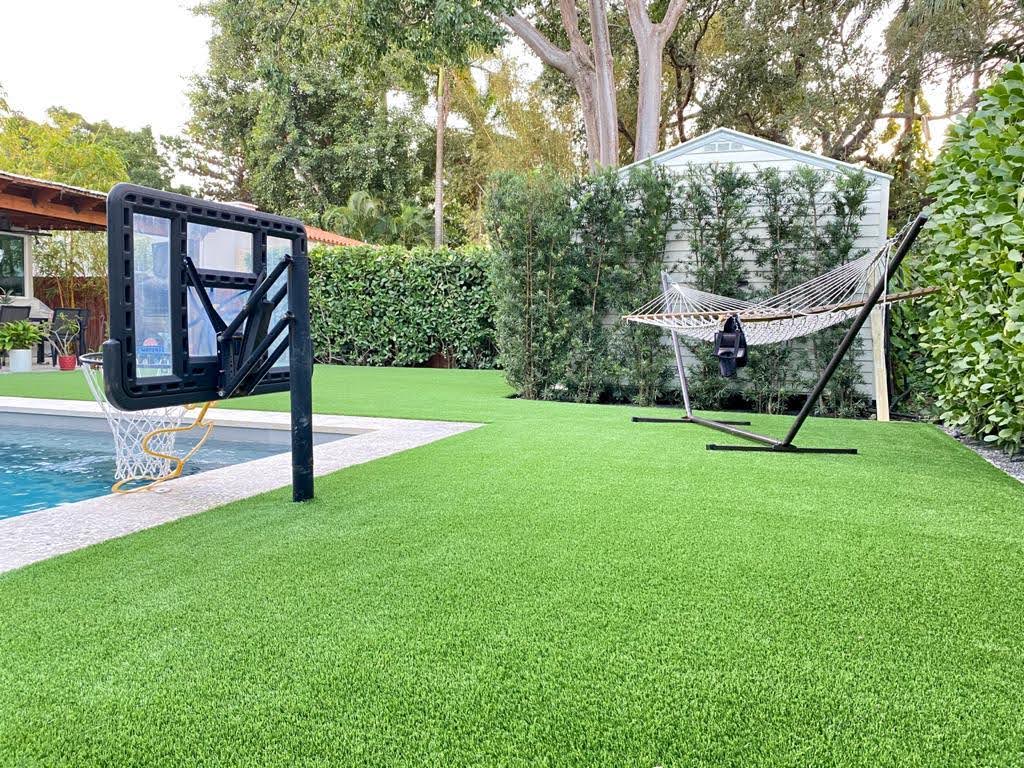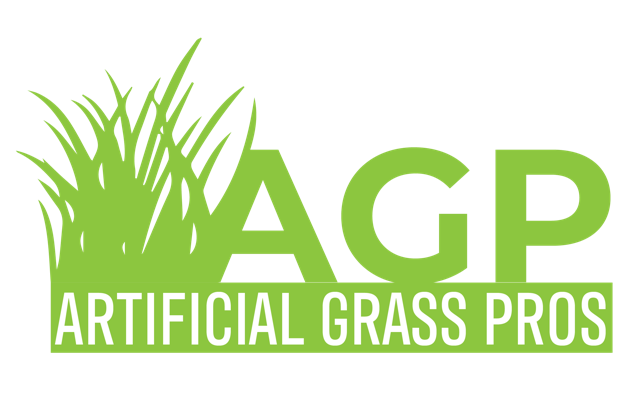When considering installing artificial turf, it’s important to understand the maintenance requirements to ensure your investment remains in excellent condition. Although synthetic grass is generally low-maintenance compared to natural grass, it still requires some care to maintain its appearance and functionality. Here are some key aspects of artificial turf maintenance to consider:
1. Regular Cleaning
Debris Removal: Regularly remove leaves, twigs, and other debris from the surface of the turf using a leaf blower, broom, or rake. This prevents the accumulation of organic matter that could promote mold or mildew.
Pet Waste: If you have pets, promptly remove solid waste and rinse the area with water to prevent odors. Some artificial turf systems are designed with drainage systems to facilitate easy cleaning of pet urine.
Stain Management: Most stains can be cleaned with a mixture of water and mild soap. For tougher stains, a commercial turf cleaner can be used. Always test cleaning products on a small area first to ensure they don’t damage the turf.
2. Brushing and Grooming
Preventing Matting: High-traffic areas can cause the turf fibers to flatten over time. Regularly brushing the turf with a stiff-bristled broom or a specialized turf brush helps maintain the upright position of the grass blades, keeping the turf looking lush and natural.
Grooming Frequency: The frequency of brushing depends on the amount of foot traffic the turf receives. Generally, brushing once a month is sufficient for most residential applications.
3. Weed and Moss Control
Border Areas: Weeds can grow along the edges of artificial turf or in the infill. Applying a non-toxic weed killer or manually removing weeds as they appear helps keep the turf weed-free.
Moss and Algae Prevention: In damp and shaded areas, moss and algae can develop. Applying a moss killer or algaecide and ensuring the turf is dry helps prevent this growth.
4. Infill Maintenance
Leveling the Infill: Over time, the infill material can become compacted or uneven. Regularly check and replenish the infill as needed to maintain the turf’s cushioning and drainage capabilities.
Choosing the Right Infill: Different types of infill (sand, rubber, or organic options) have different maintenance requirements. Consult with your installer about the best type of infill for your specific needs.
5. Seasonal Considerations
Snow and Ice: In colder climates, use a plastic shovel to remove snow from the turf. Avoid using metal tools or salt, as these can damage the turf fibers.
Heat Exposure: In hot climates, artificial grass can become very warm. Rinsing the turf with water during the hottest parts of the day can help cool it down and maintain a comfortable temperature.
6. Repairs and Replacement
Minor Repairs: Address any minor damage, such as tears or loose seams, promptly to prevent further damage. Small repairs can often be handled by the homeowner or a professional turf installer.
Long-Term Replacement: With proper maintenance, synthetic grass can last 15 to 25 years. However, if the turf shows signs of significant wear or damage, it may be time to consider a replacement.
Understanding these maintenance practices will help you keep your artificial turf looking its best and maximize the lifespan of your investment. Proper care ensures that your synthetic lawn remains a beautiful and functional part of your outdoor space for years to come.


Recent Comments